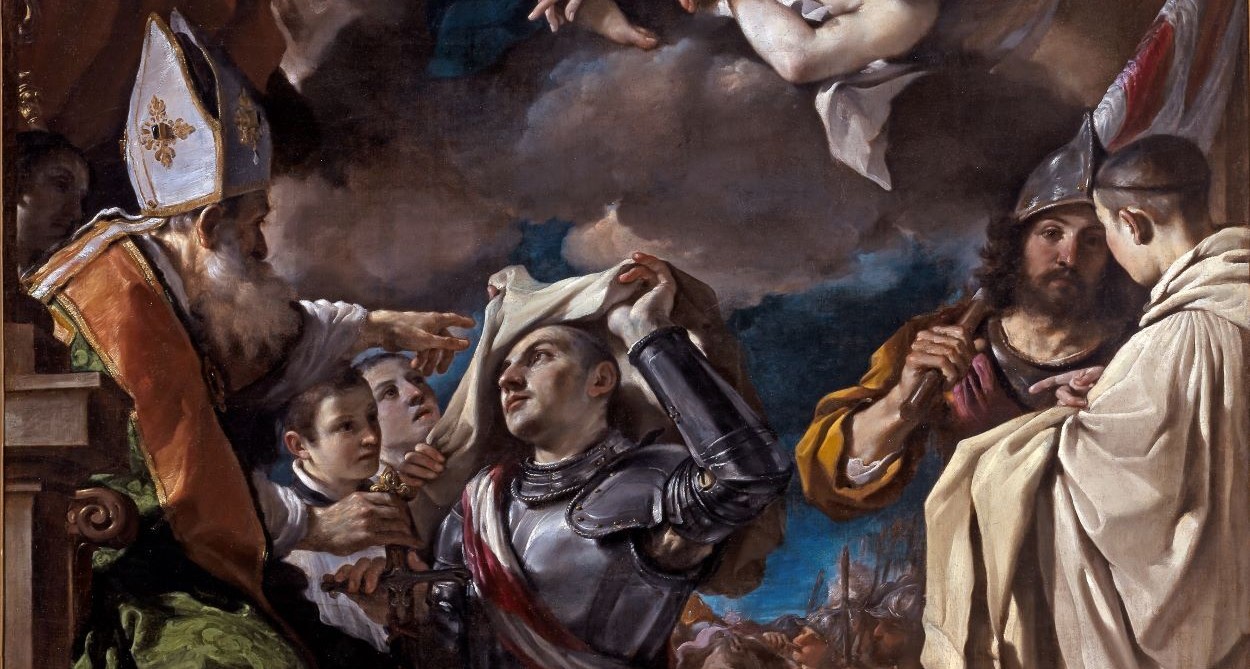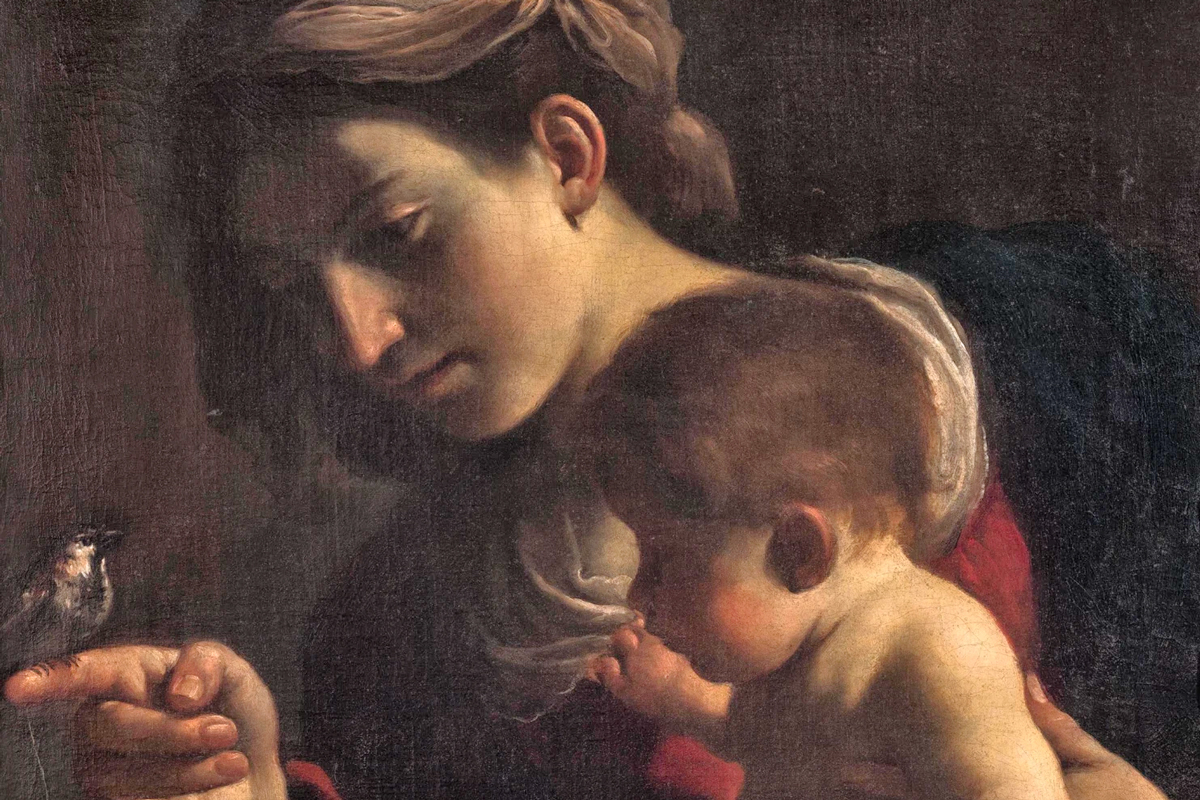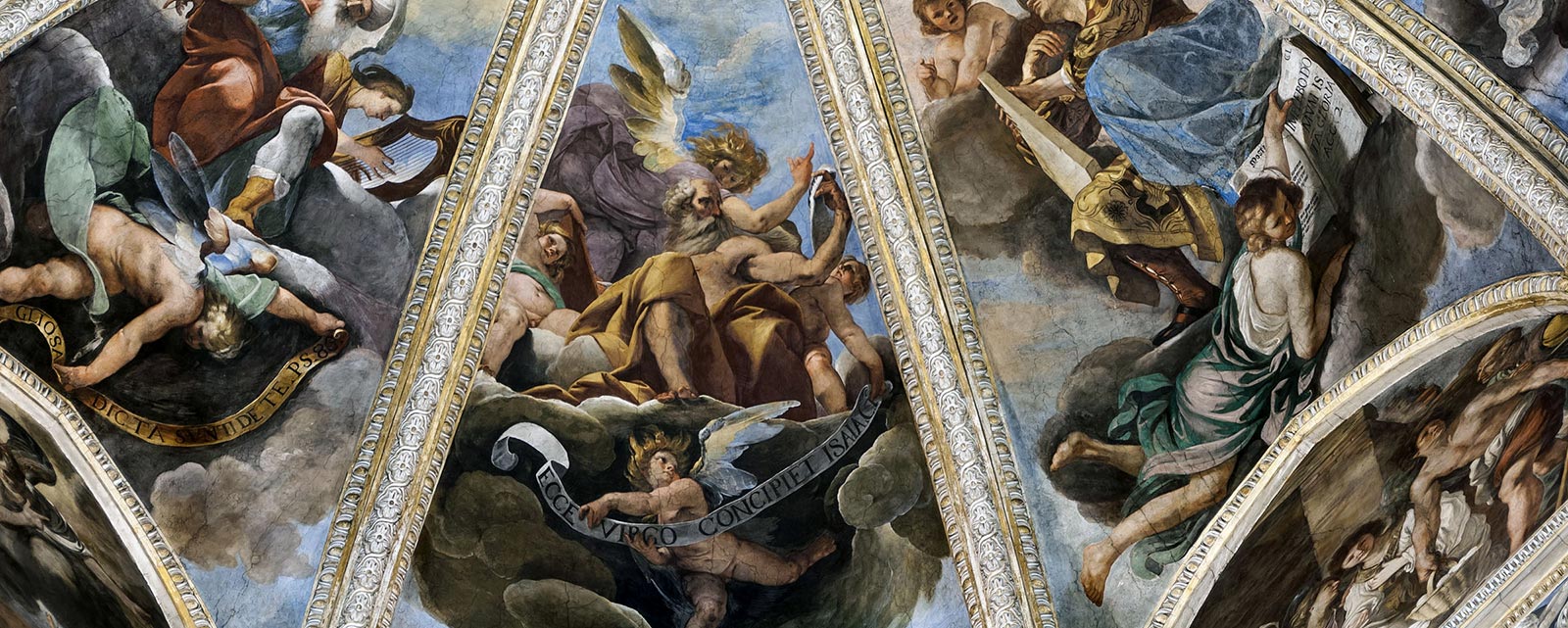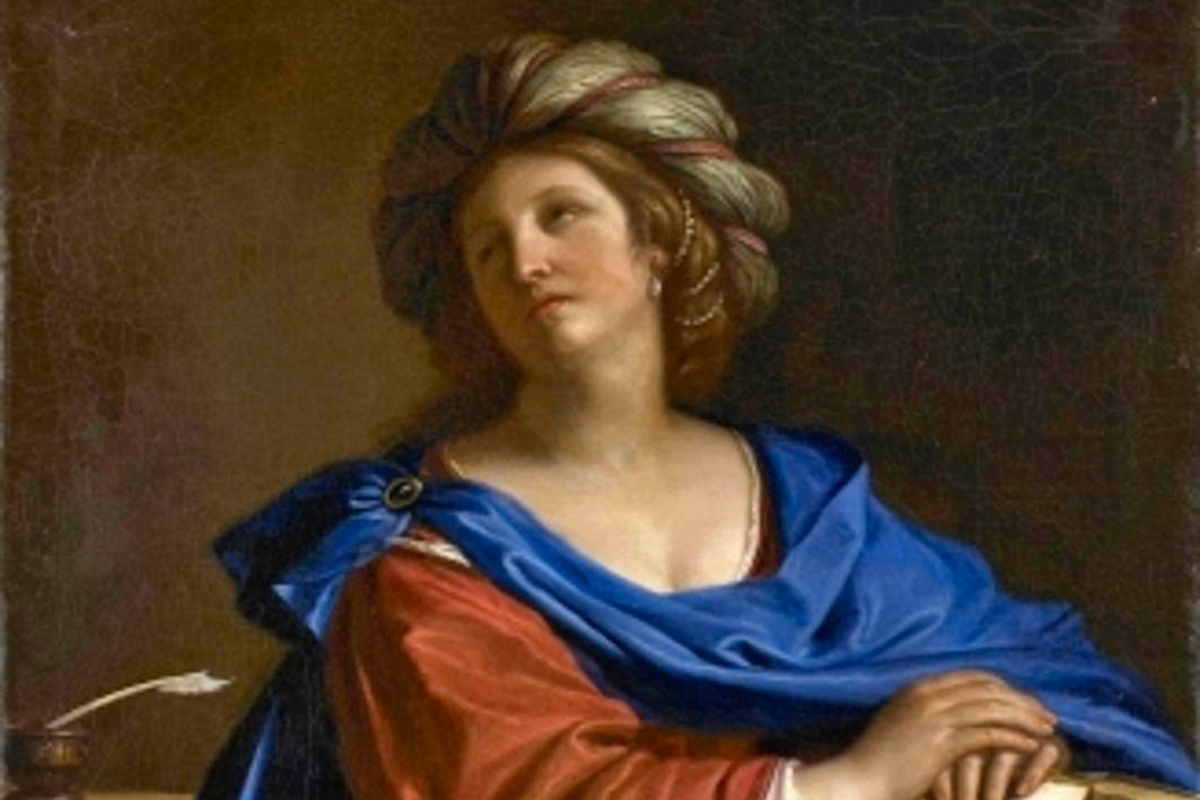200 masterpieces scattered among 20 memorable places, art cities and ancient villages: the map of Guercino's works in Emilia-Romagna allows us to put a spotlight on a rich territory that continues to thrum with life in its Baroque setting.
A constellation of paintings traces the story of this painter, now rediscovered by the world for having pioneered, like Caravaggio, a new representation of nature and light. In the land where he was born and nurtured, there is a deep desire to breathe in and share the beauty created by this master.
...great draughtsman and felicitous colorist: he is a prodigy and a miracle that amazes those who see his works."
(Ludovico Carracci to Don Ferrante Carli , referring to Guercino-October 25, 1617)
The Baroque era was one of the most fascinating and influential periods in art history. Originating in Italy in the early 17th century, this artistic and cultural movement quickly spread throughout Europe, engaging and moving the viewer through theatrical effects, dynamic compositions, and dramatic use of light.
In the midst of this lively artistic atmosphere, at the turn of the 16th and 17th centuries, the painter Giovanni Francesco Barbieri (Cento, 1591 - Bologna, 1666) found the ideal environment to develop his talent and leave a permanent mark.
Nicknamed Guercino because of a slight congenital squint, he was able to distinguish himself for his technical skill, the emotional depth of his works and his ability to capture light with unparalleled mastery, so much so that he was recognized by critics as one of the most important and influential Italian painters of the 17th century.
His painting has left posterity an indelible legacy that is still admired today in museums around the world.
Guercino spent much of his life in Emilia-Romagna, dividing his time between Cento, his hometown, and Bologna, his adopted city. Here, he created numerous paintings, drawings, and frescoes for local, national, and international patrons.
Today, half of his artistic legacy (around 200 masterpieces), along with works produced by the pupils of his workshop, is preserved in the churches, museums, palaces, and private collections throughout Emilia-Romagna, waiting to be discovered up close.
Among all these locations, two stand out as essential destinations to explore the art of this master of Italian Baroque: the Civica Pinacoteca il Guercino in Cento and the Pinacoteca Nazionale di Bologna.
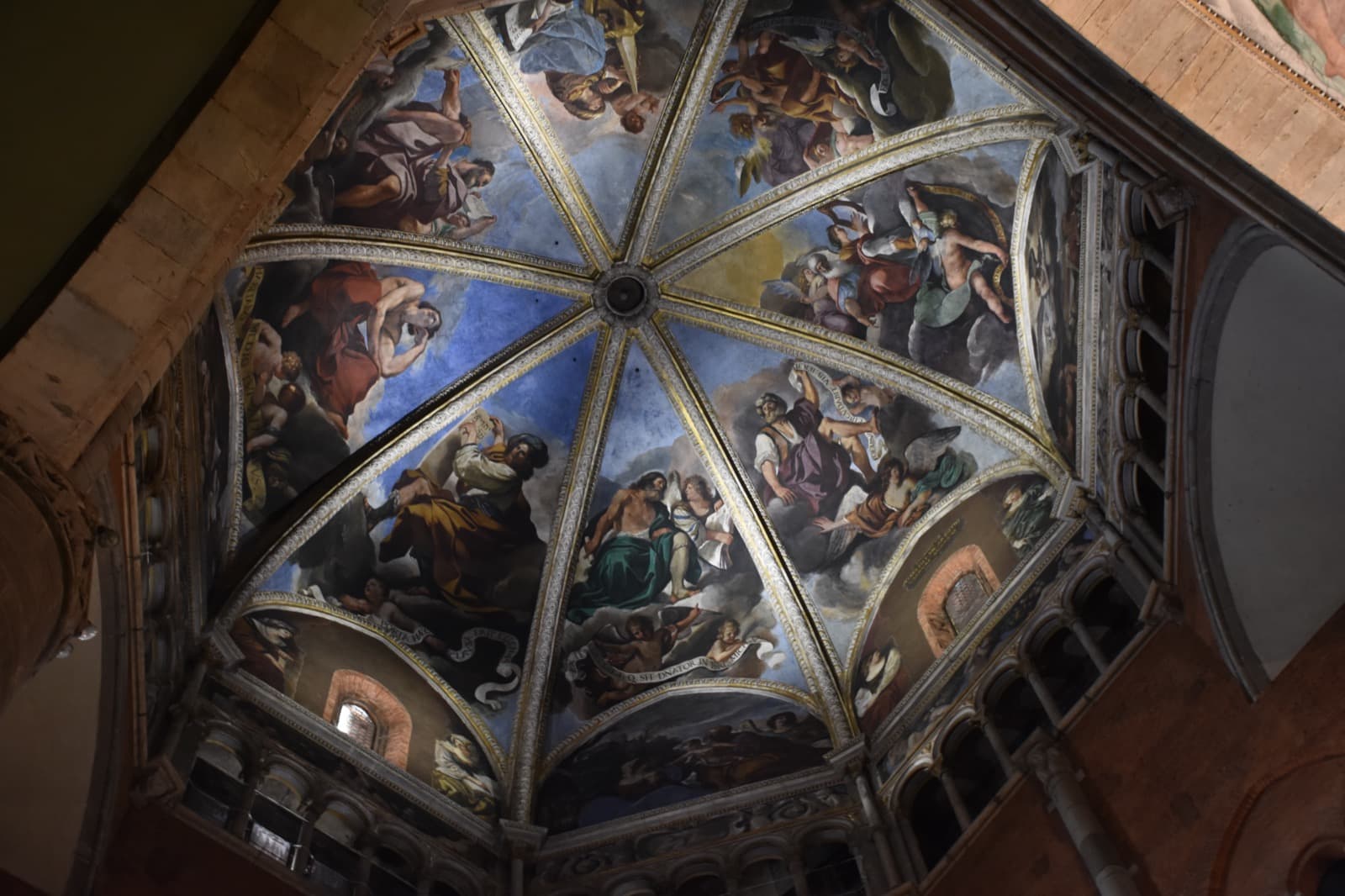
In addition to Cento, Guercino’s works can be admired in other locations across Bologna, Ferrara, Piacenza, with the magnificent dome of the Cathedral, Modena, Reggio Emilia, and also in Parma, Rimini, Ravenna, Forlì, and Cesena.
This represents an invaluable heritage that makes Emilia-Romagna a vast "diffused museum" thematically dedicated to the memory and work of this extraordinary artist, capable of inspiring and captivating visitors from all over the world.
Exploring the world of Guercino means rediscovering an artistic legacy that has endured through the centuries. Numerous written records offer an intimate glimpse into the pupils and collaborators who were part of his inner circle and, above all, those who, after his passing in 1666 in Bologna, preserved and propagated his style, the so-called "epigones". Discover more »

DISCOVERING GUERCINO
DOWNLOAD THE MAP!An itinerary through Guercino's Baroque art, among art cities, churches and palaces, museums and private collections


